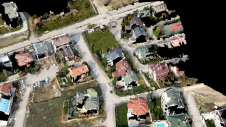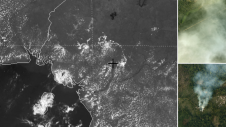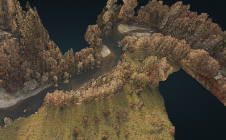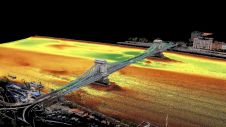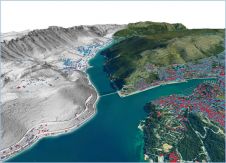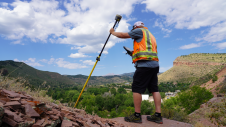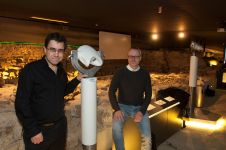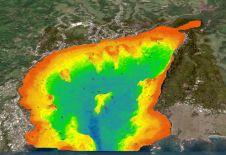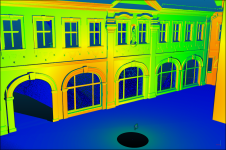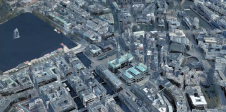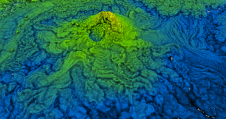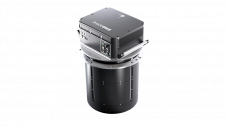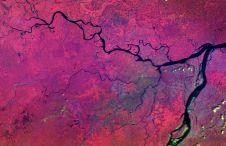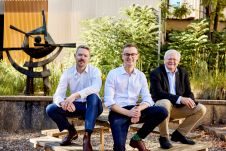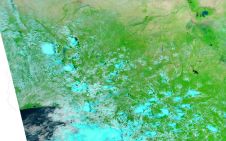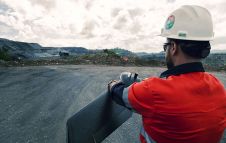Geomatics 2.0
We all know about the rapid evolution in world mapping. While mapping was long the domain of skilled mapmakers, nowadays it is increasingly in the hands of the lay public, sometimes resulting in better maps. In this new epoch we see a well-educated, dedicated community of users that is taking the lead, stepping unhindered around large mapping agencies and governments and doing things themselves. Often they are young, hip, more socially aware and concerned and, crucially, unfamiliar with a world without computers. They don't think about joining social networks like Facebook or LinkedIn; they breathe it.
And, in this case, what you see is not what you get. You see them sitting back lazily with their laptop, feet up on the table, listening to music playing on the headphones that hang loose around their neck while talking with friends on their handy. But in the meanwhile they are searching the internet, using MSN, Facebook and MySpace all at the same time, and cleverly figuring out how to do things - and then sharing this knowledge with everyone else.
It's the crowd that is making maps nowadays. Leading this movement is of course OpenStreetMap.org (OSM), creating and providing free geographic data, with more than 50,000 registered users at the beginning of this year, more than 5,000 mapmaking contributions each month, and every day still welcoming new mappers and developers. The project began because users discovered that there were actually legal or technical restrictions on most maps they thought of as free, and these strictures inhibited creative, productive or unexpected use. Studies comparing the OSM product with official data from, for example, Great Britain's national mapping agency Ordnance Survey (OS), show that while OS data is often more accurate, OSM data is frequently more up to date, which is pretty useful in the niche market of road networks.
So do read the feature on page 14, where the aforementioned mapping is referred to as ‘model-based', because the makers model real-world phenomena like roads. The authors also introduce a different way of mapping that they call ‘experience-based', where using social networks people can share their navigational experience! I won't give away anymore about it, so as not to pull the rug from under their feet. Just sit back and enjoy your read!
Make your inbox more interesting.Add some geo.
Keep abreast of news, developments and technological advancement in the geomatics industry.
Sign up for free


